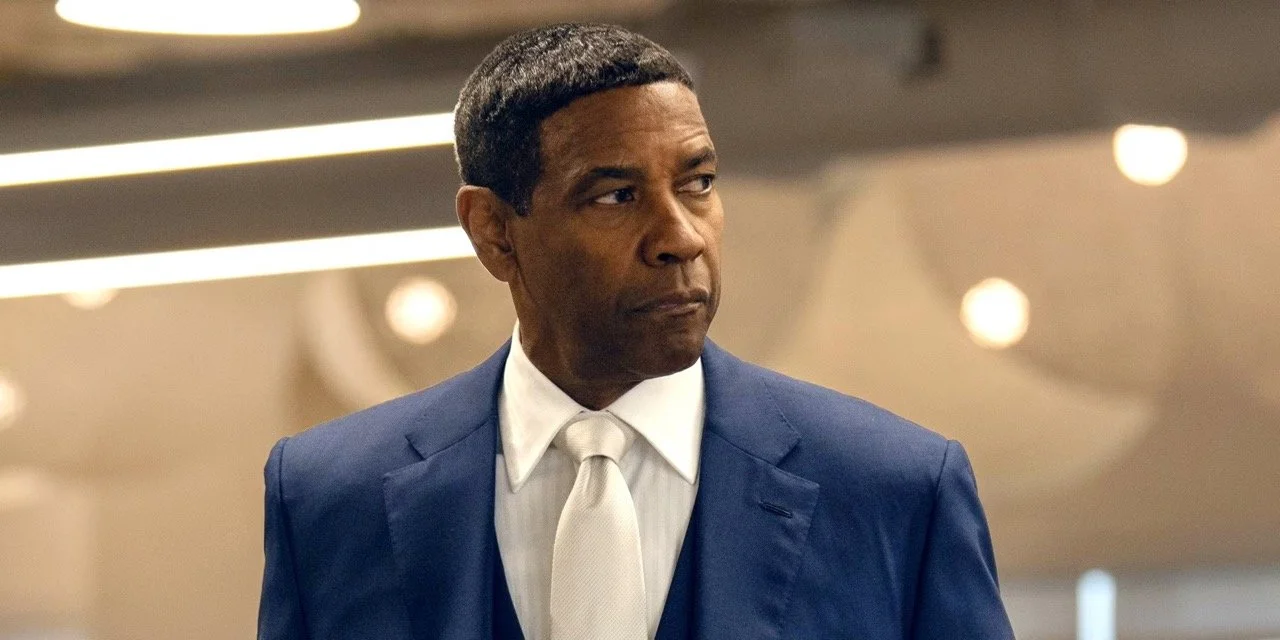Badlands and the Dust of Faded Dreams
The serenity and awe of nature is a central motif of Terrence Malick’s filmography, representing the vitality of the human spirit, the fullness of peace, and the longing for home. His Edenic focus is apparent from his very first feature film, 1973’s Badlands, a particularly American fable of fame and delusion, adventure and violence.
Badlands depicts the murder spree of 25-year-old Kit and 15-year-old Holly, who flee into the wilderness of South Dakota after Kit kills Holly’s father. Loosely based on a real-life murder spree, the film depicts Kit, masterfully played by Martin Sheen, as a fame-obsessed psychopath seeking to make his name through the violent assertion of his will. Sissy Spacek gives Holly a vaguely romantic naïveté, deftly embodying a young girl caught up in the whirlwind of adventure. The two of them set off in an attempt to lay hold of the fame, adventure, and wonder which they desperately seek and so achingly lack. But this dream demands much of them, resulting in the murder of numerous people - a cost which they are all too prepared to accept.
The film makes no attempt to glamorize the young couple. The script and performances undercut the adventurous notions that Kit and Holly entertain. Kit is a man whose desire to define himself has festered into a futile charade of a movie star. Despite his delusions, he is markedly listless and indecisive, uncertain of what their next step is or in what direction to flee. When it comes to pulling a trigger, however, he is all too anxious to act. In many ways, Kit is a precursor to the Travis Bickles and Rupert Pupkins whom Scorsese would soon explore in a similar refraction of American values. Like DeNiro, Sheen portrays a man whose masculinity sours as he fails to find his way in the world, eventually bursting forth with viciousness. Malick takes care to avoid sympathizing with Kit. Both Kit’s psychopathy and his callous attitude toward nature are alluded to early in the film as he amuses himself with dead animals and kicks at living ones. He may channel James Dean, but he is a man void of charm and morals alike. Badlands serves as a rebuttal to the romanticism of Bonnie and Clyde, revealing the falsity of the belief that adventure and a willingness to wield a gun can turn a maladjusted man into James Dean.
If Kit is a contradiction of aimlessness and a predilection for fame, Holly is a girl caught between the promise of adventure and the dead-end blankness of her life. A few romantic ideals don’t fully hide her lack of emotions. Confronted with the death of her father, she is momentarily surprised, but not altogether affected. When another character is shot, she calmly asks, “Is he upset?” Her desire is not so much notoriety as it is adventure. There is a longing quality to her narration as she views photographs of regal foreign cities. These dreams offer her a life far more vibrant than small Midwestern towns can offer—ultimately, more than Kit can offer. Although she is never actively violent, she stands afar of innocence, remaining instead unmoved as Kit’s murder spree claims more victims.
Throughout the movie, the cinematography repeatedly focuses on the natural world, providing an inchoate form of the techniques which would become inseparable with Malick’s films. The camera breathes in the scent of pine trees, gazes at fowl along a river, and is transfixed by the eruptive thunderclouds of a storm in the distance. However, Badlands is not an escape to paradise, and the beauty shown is tragically marred by the violence Kit and Holly wreak. The centrality of this theme is given a poignant visual representation late in the film. As Kit and Holly cross the plains of Montana, the camera captures striking vistas, a beauty triumphed by the image of a mountain ascending on the horizon. This image is fleeting, though, for as the pair drive toward their promise of freedom, the dust kicked up by their car fills the screen, obstructing the landscape. The earthy green of the plain, the silhouette of the mountain under purple sky, the soft golden hue of dusk sunlight reaching past clouds—all of these are choked out by the enveloping grey.
As the dust cloud intrudes on the landscape, Malick gives us the movie in a single frame. The undomesticated life which they dream of is nothing more than a fleeting vision; the violence which they began relentlessly pursues them, capsizing their hopes in the waters of a vicious reality. Kit and Holly may dream of beauty, of adventure, of wonder, but it is a festering dream, undone by their destructiveness. The blood which they have spilled opens a wound upon the very nature in which they seek refuge. But one cannot lay claim to Eden by force, and the flaming sword by which they are banished is one of their own design. Nature closes Kit and Holly out from the promise she holds. It is an end that they have chosen from the start, albeit unknowingly. The dirt kicked up as Kit drives through the Badlands not only clouds their dream, but also portends Kit’s ultimate fate, as inescapable as the original judgment itself. As it is written, “Cursed is the ground because of you… for you are dust, and to dust you shall return.”



